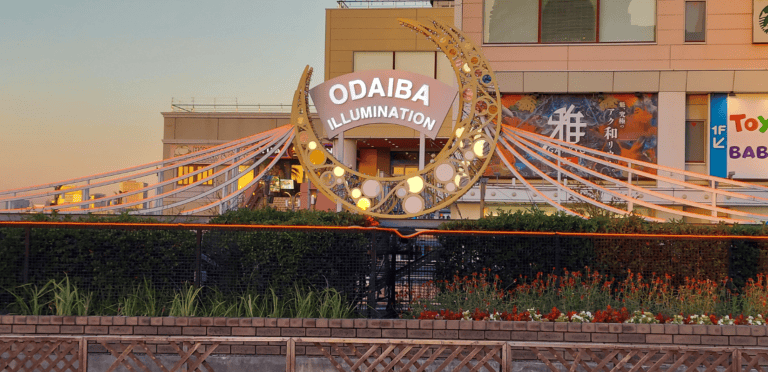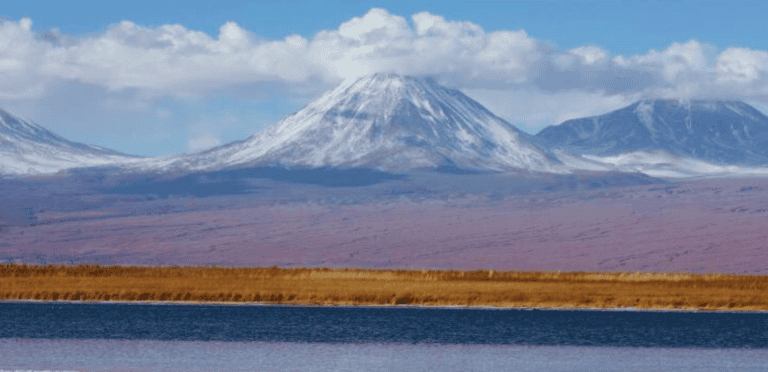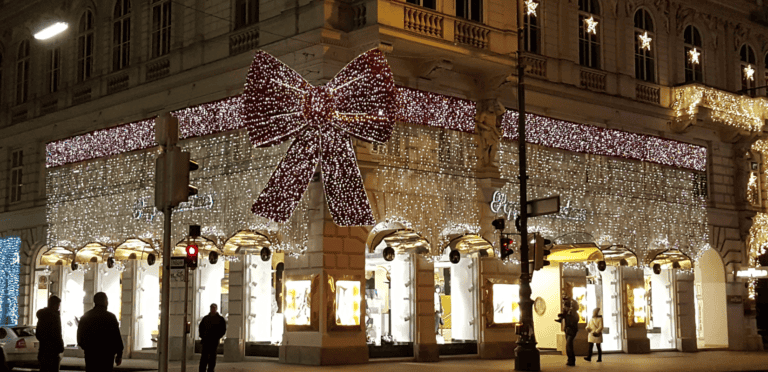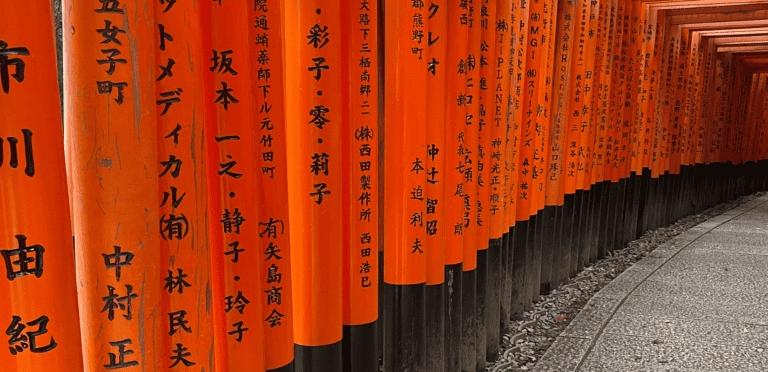Osaka Travel Guide To An Unforgettable 2-Day Visit
Make the most out of your trip to Japan with our complete Osaka 2-day adventure travel guide.
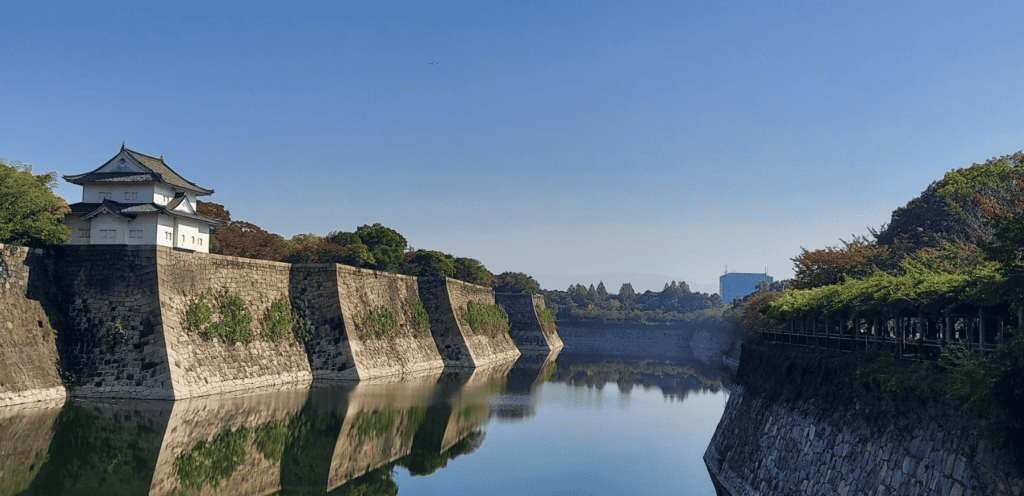
If you’re planning a trip to Japan, Osaka is a city that should be high on your list.
Osaka is Japan’s third-largest city; it’s a vibrant destination that perfectly balances the old and the new.
Known for its rich history, bustling neighborhoods, and world-renowned cuisine, Osaka offers travelers a unique and unforgettable experience.
From the iconic Osaka Castle to the neon-lit streets of Dotonbori, this city is brimming with experiences that will leave a lasting impression.
Get ready to immerse yourself in the sights, sounds, and flavors of Osaka.
Let this guide be your companion as you explore Osaka’s rich tradition and innovation, and discover why this city is a must-visit on any trip to Japan.
Getting to Osaka from Tokyo
Before diving into the details of your two-day itinerary, let’s talk about how to get to Osaka from Tokyo.
The most efficient way is to take the Shinkansen, Japan’s famous bullet train.
Not only is it fast, but it also offers a comfortable and scenic journey.
Tip:
If you’re visiting other cities in Japan, make sure to check if the Japan Rail Pass makes sense for your trip.
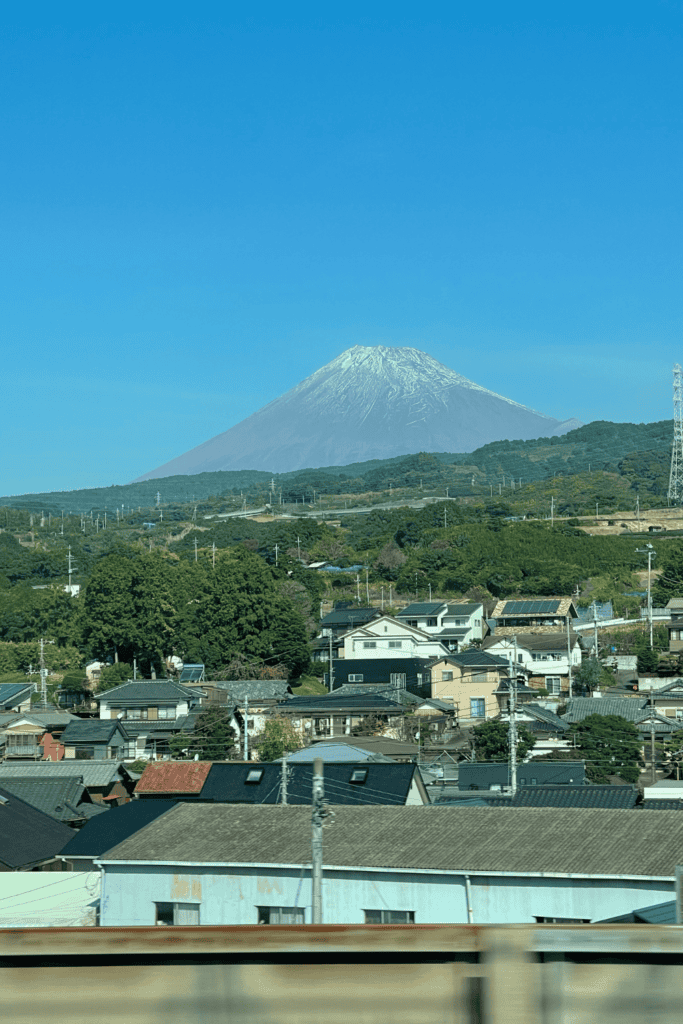
Best Views of Mt.Fuji
When booking your Shinkansen ticket, try to select a seat on the right side of the train (if you’re heading towards Osaka).
This side of the train offers the best views of Mount Fuji, one of Japan’s most iconic landmarks.
While visibility depends on the weather, catching a glimpse of the majestic mountain is a highlight of the trip.
We were lucky to have clear skies on our way to Osaka and enjoyed a stunning view of Mt. Fuji.
The journey from Tokyo to Osaka typically takes around 2.5 to 3 hours, depending on the service you choose.

Luggage Tip
If you have large luggage, consider using a luggage delivery service, known as takkyubin, to send your bags to your hotel the night before.
This service is convenient, especially when navigating crowded trains, and allows you to travel light.
Your bags will usually arrive at your hotel the following day, so you can start your Osaka adventure without any hassle.
Japan has strict rules on luggage size for Shinkansen train travel, making the luggage delivery service a real gem.
We used it throughout our entire trip, carrying only a change of clothes in our backpacks, and traveled hassle-free for two weeks.
If you want to travel light and avoid carrying your large luggage up and down stairs, we highly recommend using it.
Day 1: Osaka’s Timeless History and Flavorful Cuisine
After arriving in Osaka, check into your hotel and get ready to explore the city’s rich cultural and culinary offerings.
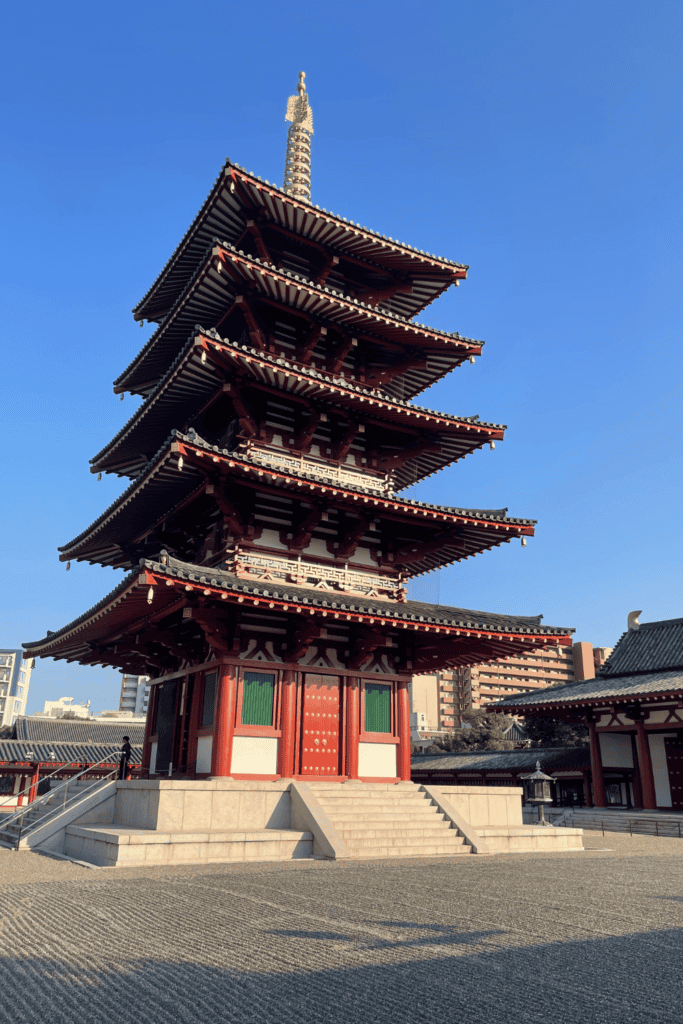
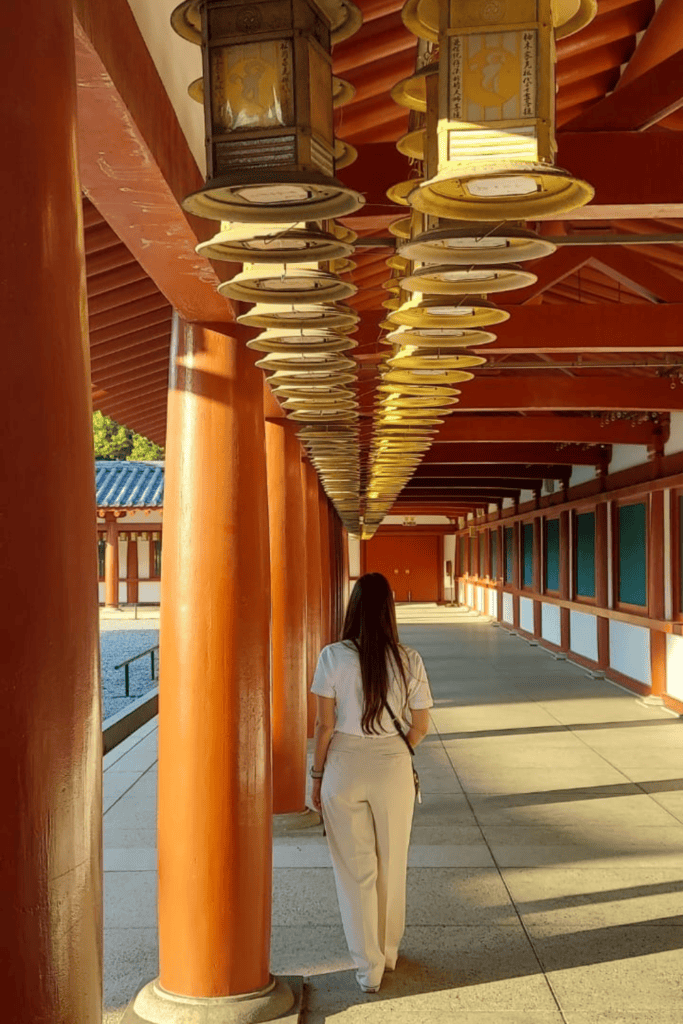
Visit Shitennoji Temple
Start your trip by visiting Shitennoji Temple, one of Japan’s oldest temples, founded in 593 AD by Prince Shotoku.
This Buddhist temple is a serene place, offering a peaceful contrast to the hustle and bustle of the city.
The temple complex includes a beautiful five-story pagoda, with several Buddhas and historical artifacts in the adjacent buildings.
Shitennoji also has a fantastic example of a Japanese Rock garden.
Spend some time walking around the temple grounds, soaking in the history and spirituality of this ancient site.
Shitennoji Temple is open daily from 8:30 AM to 4:30 PM.
Eat Kobe Beef
After exploring Shitennoji Temple, head back to your hotel to freshen up and change into something nice for dinner.
Osaka is famous for its food, and one of the must-try dishes is Kobe beef.
Head to Namba, a vibrant district in Osaka, where you’ll find top-notch restaurants serving this delicious delicacy.
To make the experience even more special, visit a steak restaurant where you can cook your meat Teppanyaki-style.
Tip:
Kobe beef is highly sought after and traditional steak restaurants have a limited number of tables. Therefore, making reservations in advance is important to ensure you get a table at your chosen restaurant.
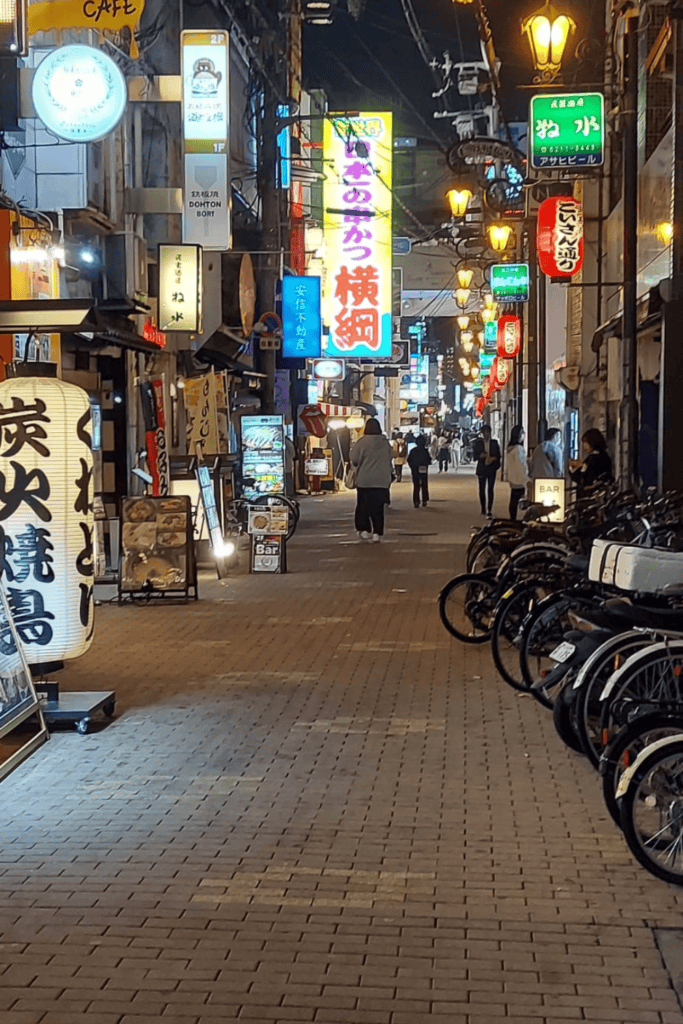
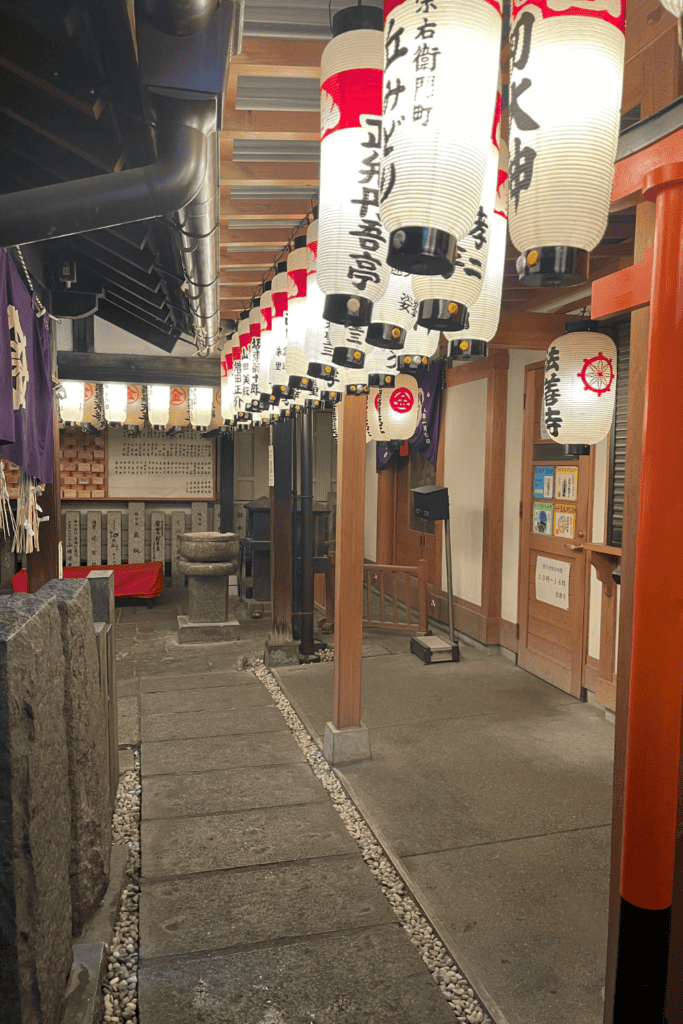
Evening Stroll Around Namba
After your meal, take a leisurely walk around the Namba area.
This neighborhood is a fascinating blend of traditional and modern Japan, with its narrow streets, historic buildings, and vibrant nightlife.
Explore the shops, enjoy the atmosphere, and if you’re up for it, visit a traditional izakaya (Japanese pub) for a drink before calling it a night.
Day 2: History, Culture, and Shopping in Osaka
Your second day in Osaka will be packed with sightseeing, shopping, and a taste of the city’s famous street food.
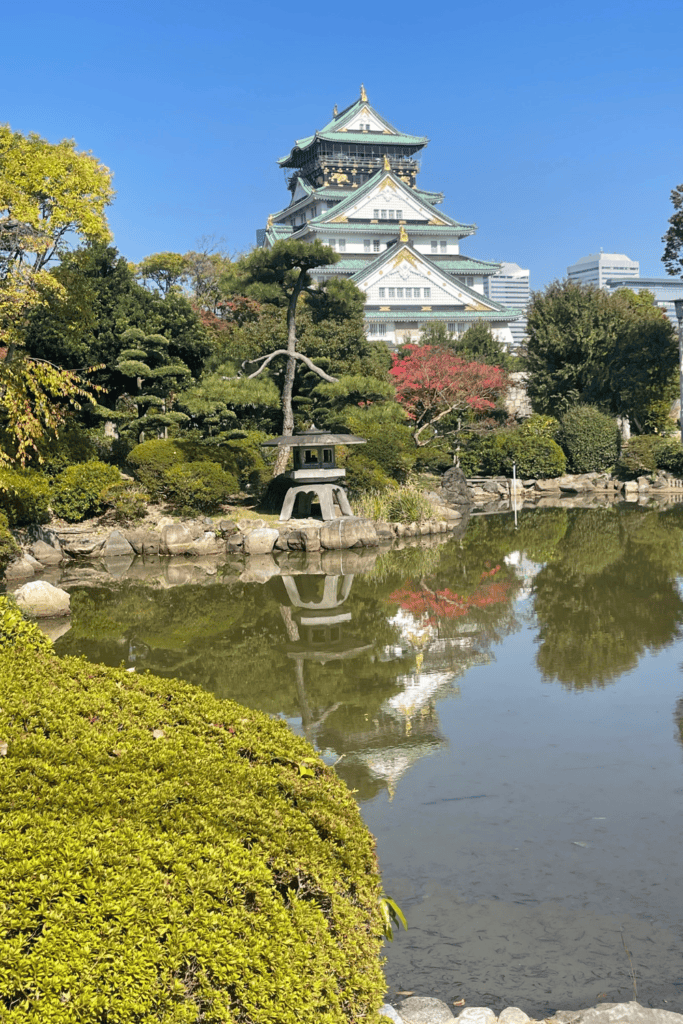
Visit Osaka Castle
Start your day with a visit to Osaka Castle, one of Japan’s most famous landmarks.
The castle is a symbol of Osaka’s history and resilience, having been destroyed and rebuilt several times since its construction in the late 16th century.
The castle’s main tower, which offers panoramic views of Osaka from its observation deck, is a must-visit.
Inside, you’ll find a museum showcasing artifacts and exhibits on the castle’s history and the Sengoku period.
The castle is open daily from 9:00 AM to 5:00 PM, with the last admission at 4:30 PM.
Tip:
Arrive early to avoid long lines. Tickets can be purchased to enter the castle’s main tower on-site or online.
Explore Osaka Castle Park
After touring the castle, take some time to walk around Osaka Castle Park.
Covering approximately 105 hectares, the park features lush greenery, tranquil walking paths, and historical monuments.
The park is a beautiful green space in the heart of the city, filled with cherry blossom trees, peaceful walking paths, and picturesque views.
You can also explore the Nishinomaru Gardens, which features traditional Japanese landscaping and offers a peaceful spot to enjoy views of the castle.
The park’s large open spaces are ideal for outdoor sports and activities.
You might see locals playing ball games or practicing tai chi, adding to the park’s lively atmosphere.
It’s a great place to relax and enjoy the natural beauty of Osaka.
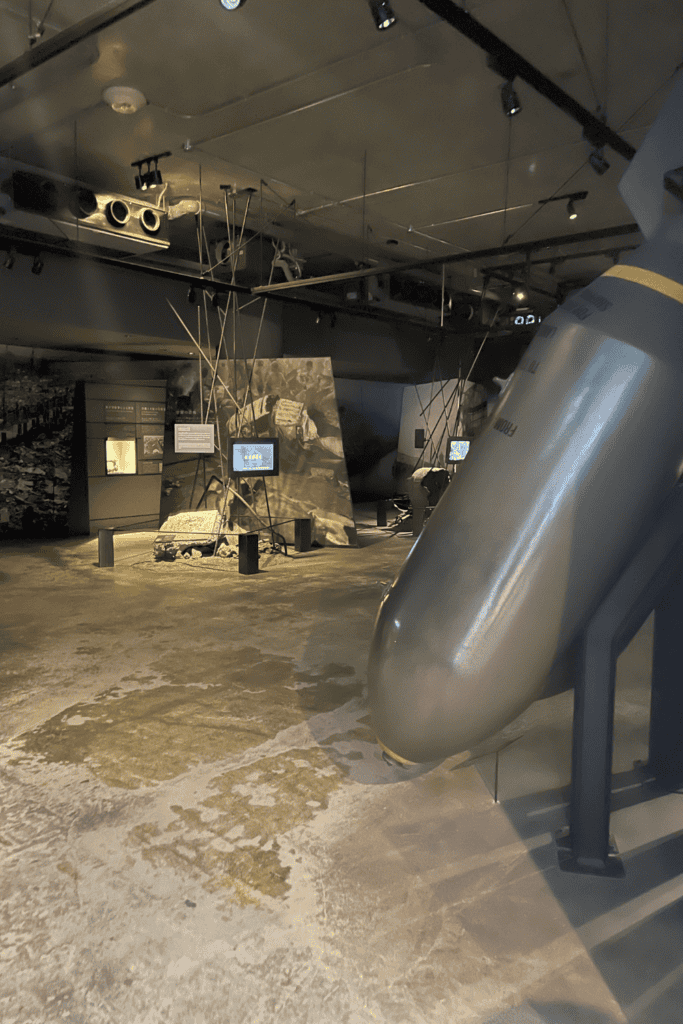
Hidden Gem: Osaka International Peace Center
While exploring Osaka Castle Park, we stumbled upon the Osaka International Peace Center.
If you’re interested in history, particularly World War II, make your way to the Osaka International Peace Center.
This museum is dedicated to the memory of the Osaka Air Raids during World War II and offers a sobering look at the impact of war on the city and its people.
The center provides educational resources and displays that emphasize the importance of peace and the lessons learned from wartime experiences.
The exhibits are informative and thought-provoking, making it a worthwhile stop for history enthusiasts.
Danjiri Matsuri
If you’re lucky, your visit might coincide with a Danjiri Matsuri.
A traditional Japanese festival featuring large wooden floats pulled through the streets by teams of enthusiastic participants.
These festivals are energetic and exciting, offering a glimpse into Osaka’s cultural traditions.
The origins of the Danjiri Matsuri trace back to the Edo period (1603-1868).
The festival began as a celebration to honor the local deity, and it has evolved into a major cultural event showcasing community spirit and craftsmanship.
Originally, the festival was linked to agricultural rituals and local religious observances.
Keep your eyes open, as these events can pop up unexpectedly throughout the year.
This is what happened to us, as we were leaving the Osaka International Peace Center we stumbled upon this festival.
It was a wonderful surprise!
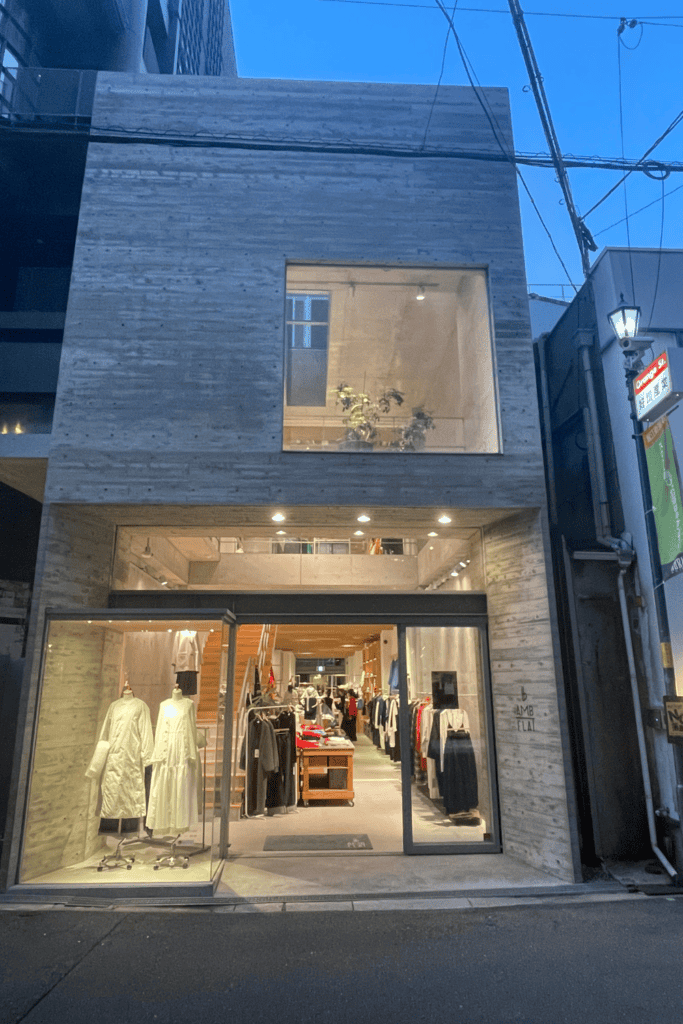
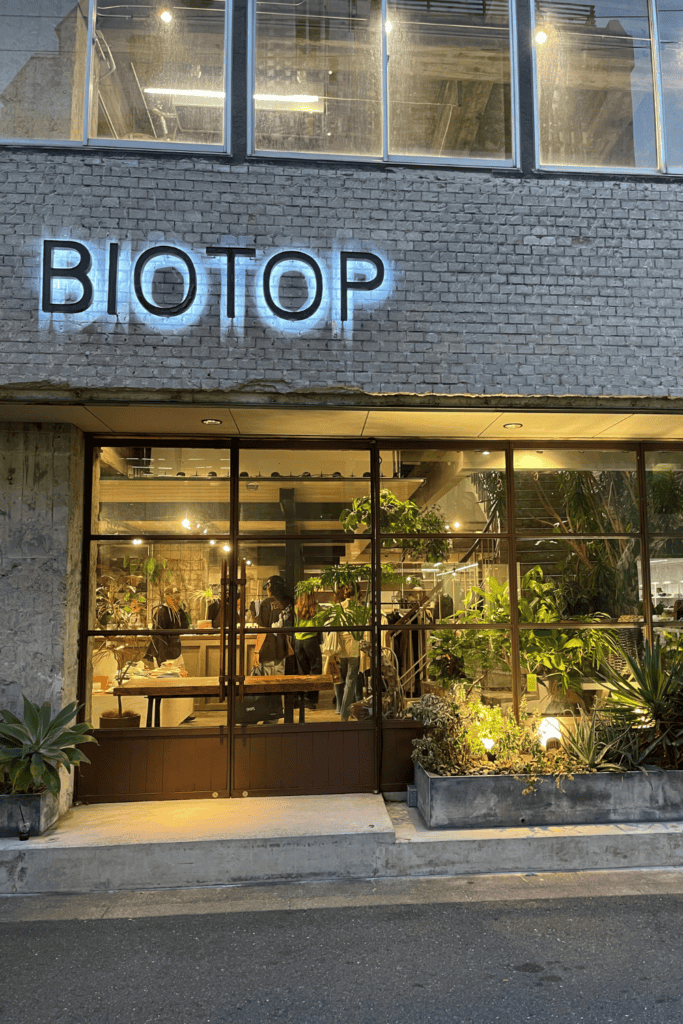
Shopping on Orange Street
After immersing yourself in history, head over to Orange Street (Tachibana-dori), one of Osaka’s trendiest shopping districts.
Orange Street is known for its mix of vintage stores, modern boutiques, and stylish cafes.
This area has a completely different vibe from other Japanese shopping districts.
There are no kitschy stores, Orange Street is focused more on sustainability, vintage, and a more serene aesthetic.
Whether you’re looking for unique fashion finds or just want to enjoy some window shopping, this area has something for everyone.
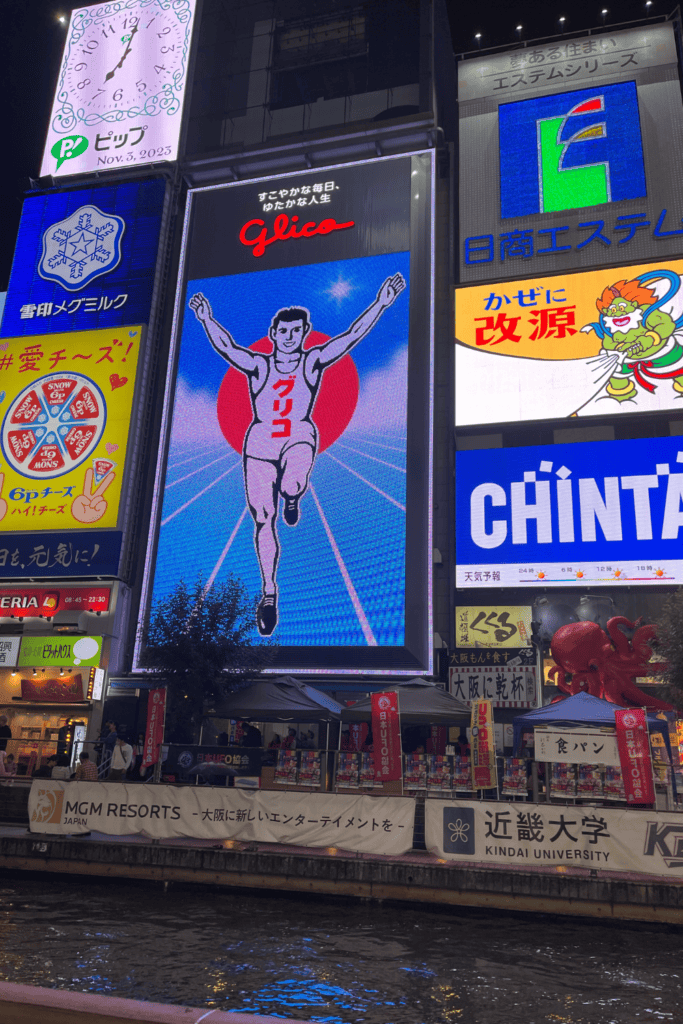


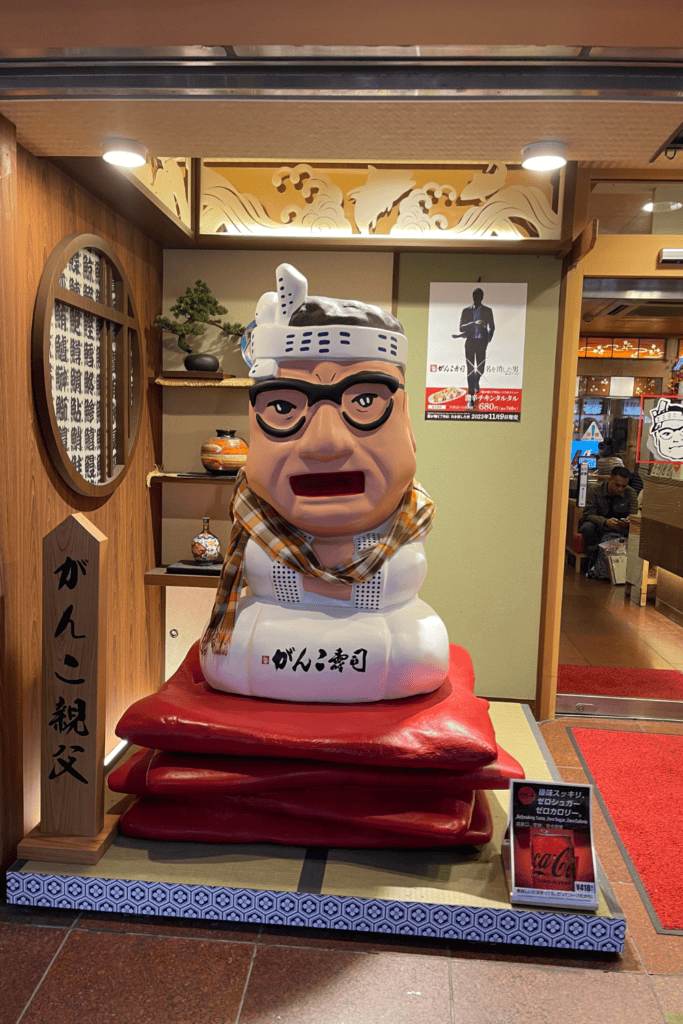
Evening at Dotonbori
No trip to Osaka would be complete without a visit to Dotonbori, the city’s most famous entertainment district.
As the sun sets, the neon lights of Dotonbori come to life, creating a vibrant and colorful atmosphere.
Start your evening by taking a photo with the iconic Glico Man, a giant neon sign that has become a symbol of Osaka.
Then, explore the area’s many food stalls, where you can try Osaka’s famous street food, such as takoyaki (octopus balls) and okonomiyaki (savory pancakes).
If you’d rather explore as part of a group, Osaka’s nighttime food tours are renowned.
You’ll find many tour operators offering a variety of experiences tailored to different tastes and budgets.
Dotonbori is often compared to Times Square in New York City, thanks to its bright lights, busy streets, and endless entertainment options.
It’s a great place to end your two-day adventure in Osaka, soaking in the lively atmosphere and enjoying some delicious food.
Making the Most of Your Osaka Visit
Osaka is a city that offers something for everyone, from historic temples and castles to modern shopping streets and lively entertainment districts.
This two-day Osaka travel guide is designed to help you make the most of your time in the city.
Whether you’re exploring ancient temples, savoring world-class cuisine, or shopping in trendy districts, Osaka is sure to leave you with unforgettable memories.
While planning your trip to Japan, make sure you carve out time to visit Osaka.
You won’t regret adding Osaka to your Japan itinerary – it’s a city that will leave you with a deep appreciation for Japan’s culture.
